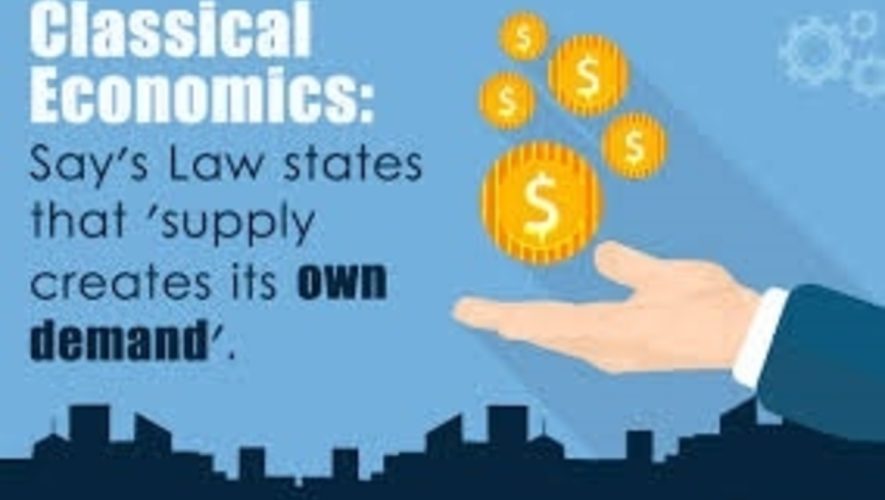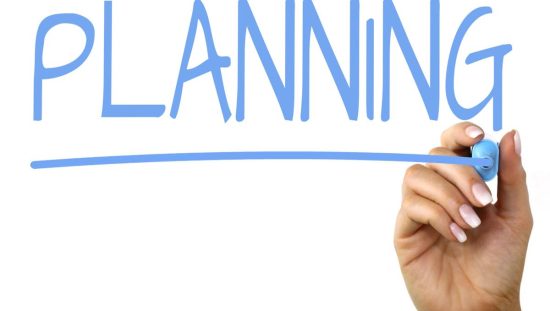Economics is a social science directed at the satisfaction of needs and wants through the allocation of scarce resources which have alternative uses. Classical and neoclassical are two main schools of economics.
Classical and Neoclassical Thoughts of Economics
Classical Economics
The fundamental principle of the classical theory is that the economy is self‐regulating. Classical economists maintain that the economy is always capable of achieving the natural level of real GDP or output, which is the level of real GDP that is obtained when the economy’s resources are fully employed.
The main idea of the Classical school is that markets work best when they are left alone, and that there is nothing but the smallest role for government. The approach is firmly one of laissez-faire and a strong belief in the efficiency of free markets to generate economic development.
Basic Assumptions
- Self‐adjustment mechanisms (Say’s Law).
- Flexible interest rates, wages, and prices.
- the efficiency of free markets to generate economic development (Laissez-faire).
Neoclassical Economics
Neoclassical economics emerged in around 1900 to compete with the earlier theories of classical economics. It is a broad theory that focuses on supply and demand as the driving forces behind the production, pricing, and consumption of goods and services.
Neoclassical economics stipulates that a product or service often has value above and beyond its production costs.
Basic Assumptions
- One of the key assumptions of neoclassical economics is that utility to consumers, not the cost of production, is the most important factor in determining the value of a product or service.
- People have rational preferences between outcomes that can be identified and associated with values.
- Individuals maximize utility and firms maximize profits.
- People act independently on the basis of full and relevant information.
Classical and Neoclassical Economics: An Overview
- Classical economic theory assumes that a product’s value derives from the cost of materials plus the cost of labor.
- Neoclassical economists argue that the consumer’s perception of a product’s value is the driving factor in its price.
- Classical economists assume that the most important factor in a product’s price is its cost of production.
- Neoclassical economists say that consumer perceptions of the value of a product affect its price and demand.
OTHER RELATED POSTS



